The Outer Planets
The outer planets are Jupiter, Saturn, Uranus and Neptune. These are the largest planets in the Solar System. They are mostly made up of gas and are often referred to as the gas giants. They all have lots of moons and they also all have rings. Saturn's rings are the easiest to see. Voyager 2 is the only spacecraft to have visited all four of the outer planets.
The outer planets are situated beyond the orbits of the four inner planets (Mercury, Venus, Earth and Mars). Separating the inner planets from the outer planets is a region of asteroids called the Asteroid Belt. The diagram below shows the orbits of the outer planets.
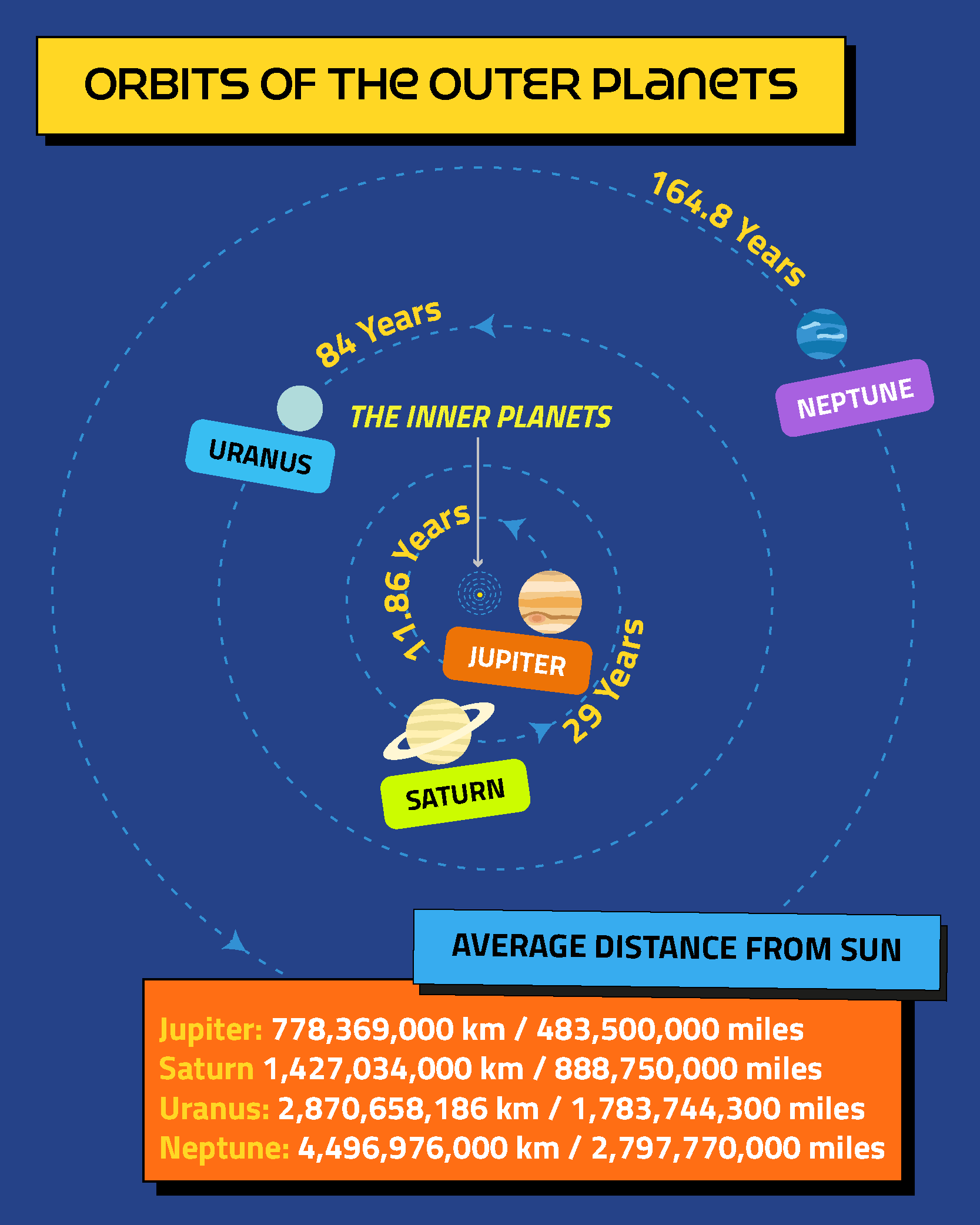
The sections below give you a little taster about each of the outer planets. If you want to know more about them, just click their links and prepare to be whisked away to these amazing worlds.
Jupiter is the biggest planet in the Solar System. A day on the planet only takes 9 hours and 55 minutes as the planet spins very fast, although a year on Jupiter (the length of time it takes for the planet to orbit the Sun) takes 11 years and 314 days. This is because the planet is so far away from the Sun. Jupiter is made up mainly of hydrogen and helium, and is thought to have a solid or metallic liquid hydrogen core. Jupiter's huge mass means it has a great gravitational influence on other objects, strong enough to disturb asteroids and to attract passing comets. Jupiter also has a large and powerful magnetic field.
Jupiter's main feature is the Great Red Spot, an Earth-sized storm that has raged for centuries. The planet has at least 92 known moons, including Ganymede, the largest moon in the Solar System which is larger than the planet Mercury and dwarf planet Pluto!
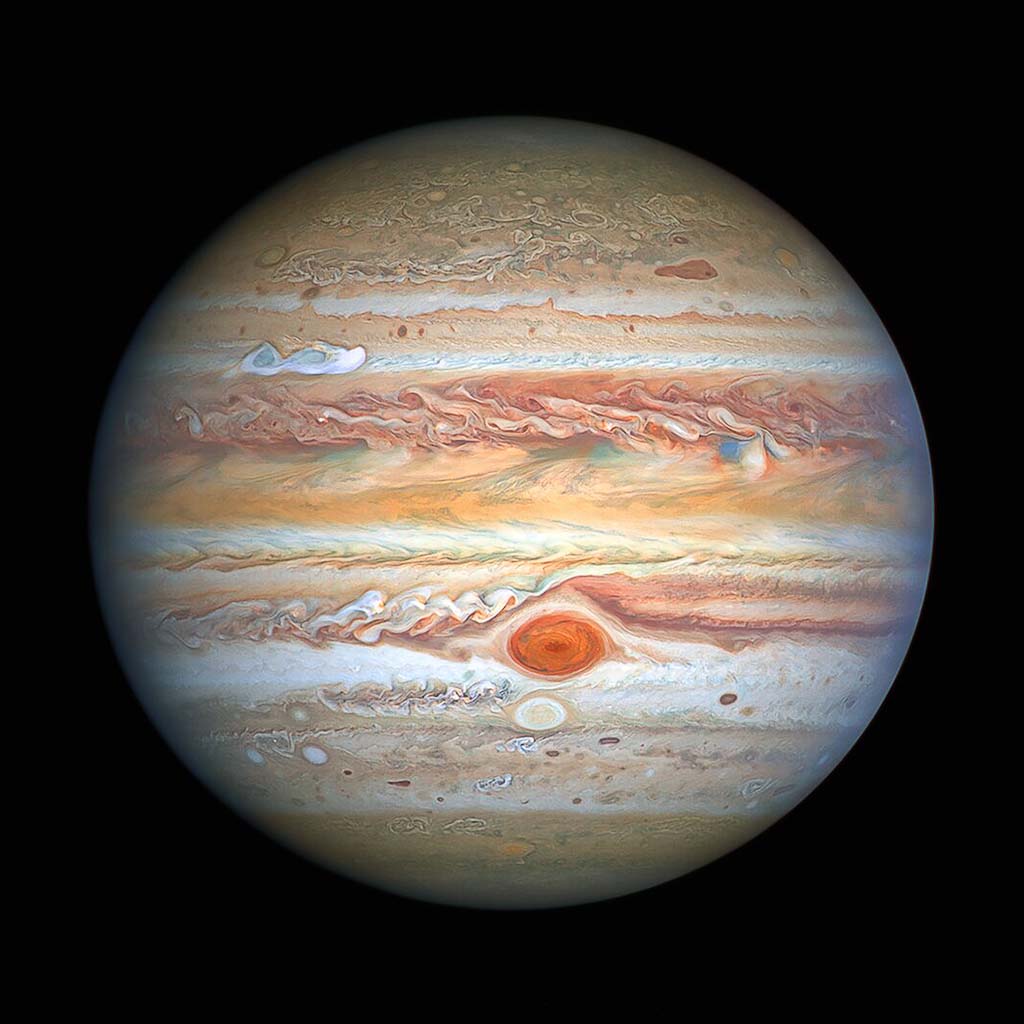
Like Jupiter, Saturn is also made up mainly of hydrogen and helium. The gases in its atmosphere are the least dense in the solar system which means that if there was a sea of water big enough, Saturn would float on it! Saturn takes 10 hours and 39 minutes to turn on its axis. As it's so far away from the Sun, Saturn takes 29 and a half Earth years to completely orbit the Sun. Saturn's most famous feature are its great rings, which were discovered by Galileo Galilei in 1610. These are rings of dust, rock and ice particles and could be the remains of shattered moons which once orbited Saturn
Saturn has at least 83 moons orbiting it. Most of them are small. Its largest moon is Titan, the second largest moon in the Solar Systen. Titan has a thick atmosphere which some scientists believe is similar to Earth's atmosphere before life began on it.
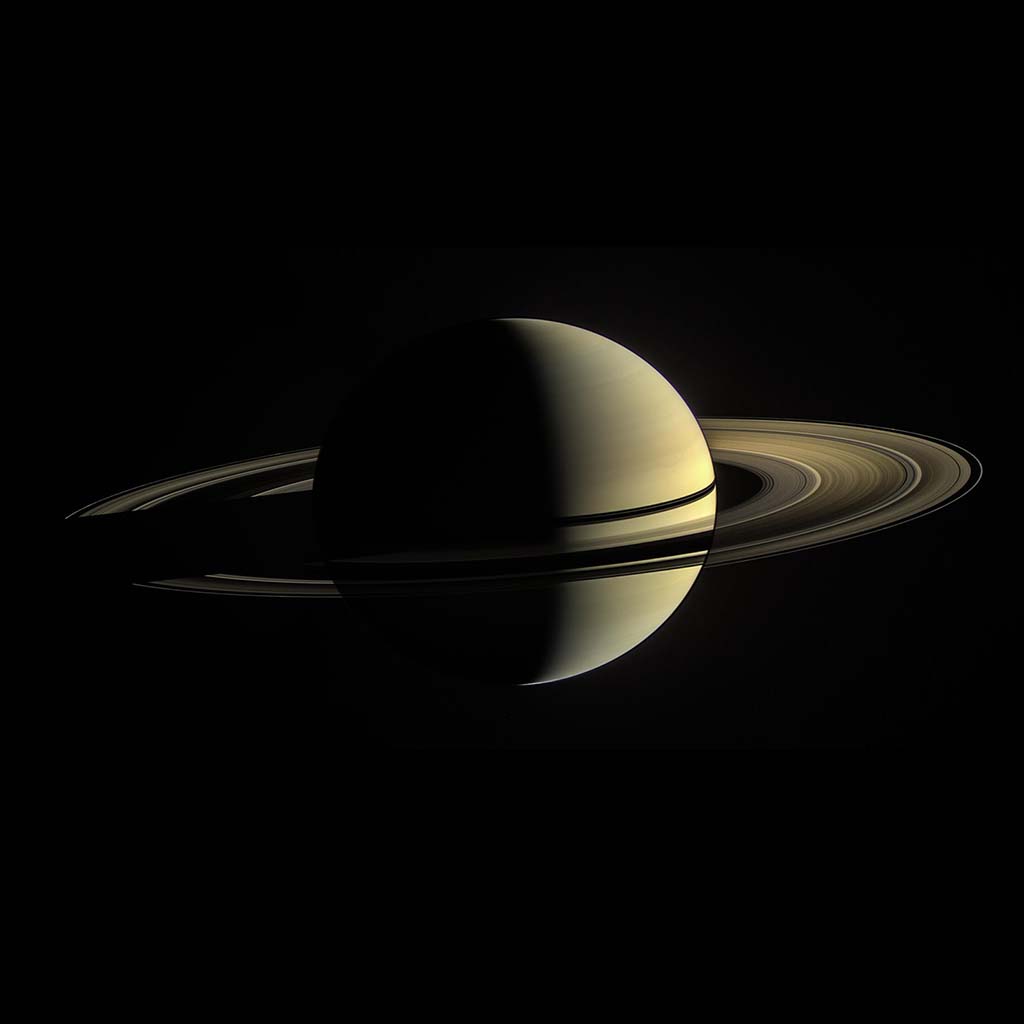
Discovered in 1781 by William Herschel and barely visible from Earth, Uranus is the third largest planet in the Solar System. It has an atmosphere of hydrogen, helium and methane. The methane gives the planet a pale blue colour.
The planet is tipped on its side, possibly caused by an object the size of Earth colliding with it in its early years. Uranus rotates on its tilted axis in 17 hours and 14 minutes, taking 84 years to orbit the Sun. The planet has 27 known moons, all of which are named after characters from the works of William Shakespeare or Alexander Pope. Its five largest moons are Titania, Oberon, Umbriel, Ariel and Miranda.
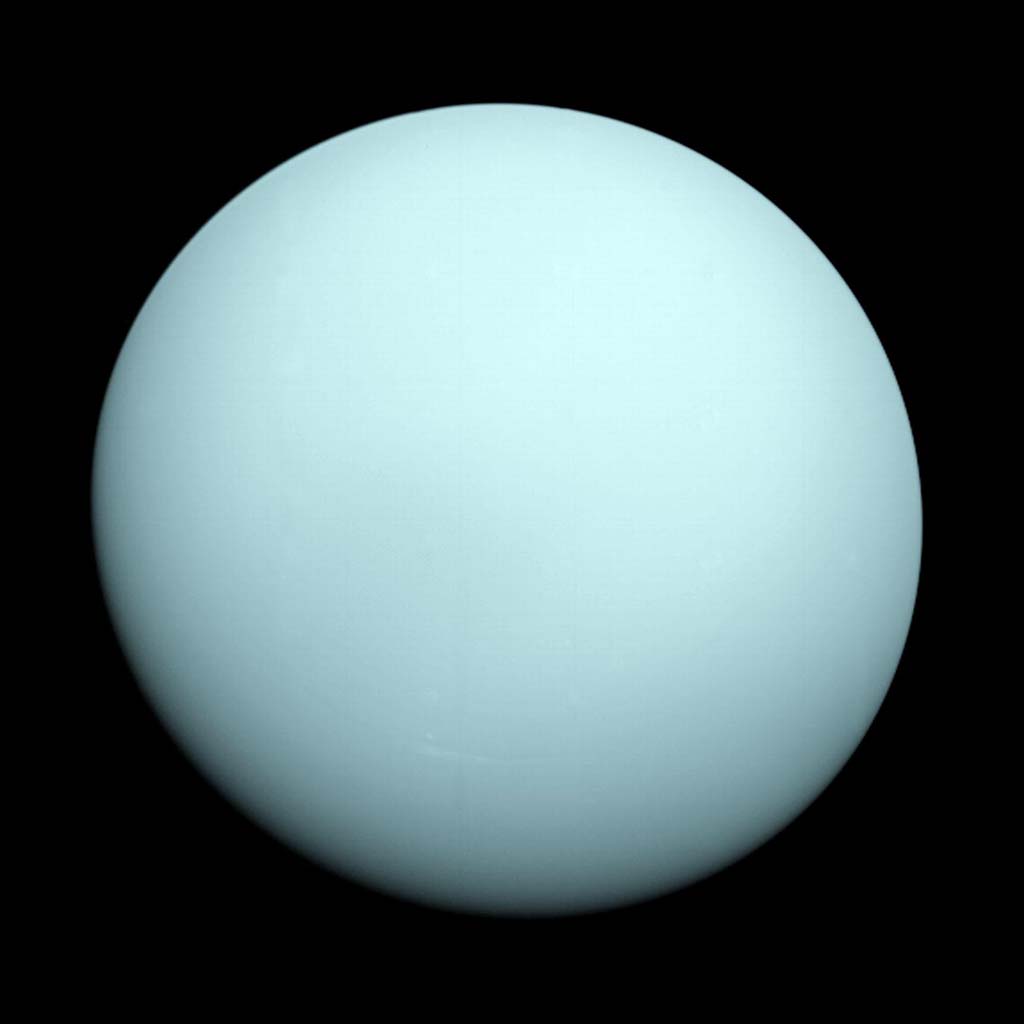
Often considered to be a twin planet of Uranus, Neptune is a similar size and has similar contents in its atmosphere. It orbits the Sun every 165 years, meaning it will never complete a orbit during the lifetime of a person living on Earth. The planet takes 16 hours and 7 minutes to turn on its axis. The winds on the planet are the strongest in the Solar System, with areas of high pressure which show up as dark spots. Clouds of icy droplets of methane can also be seen in the upper atmosphere of Neptune.
The planet has 14 moons known to orbit it. Its largest moon, Triton, erupts geysers of Nitrogen. Neptune is also home of Neso, the outermost moon of any planet in the Solar System.
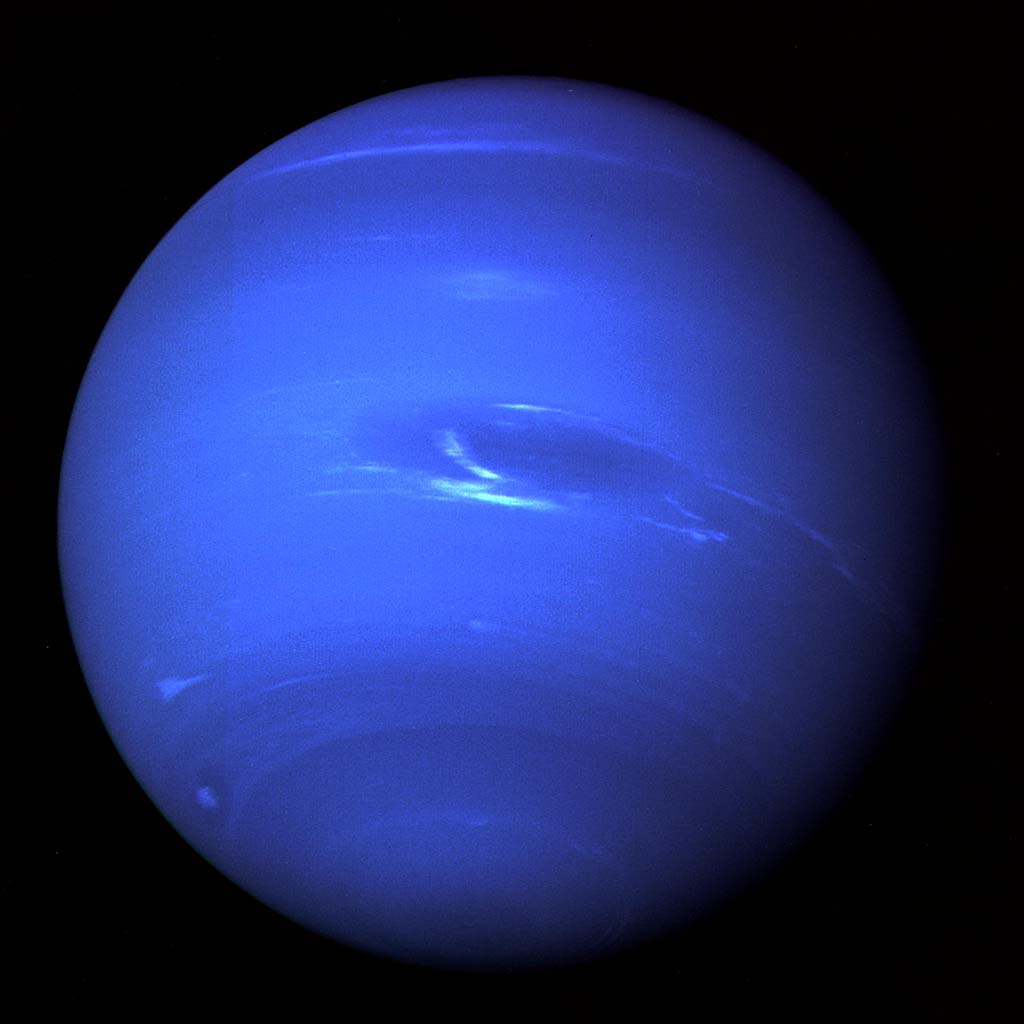
Beyond the Outer Planets
The outer planets don't mark the edge of the Solar System - there is a still a lot more of the Solar System lying beyond the orbit of Neptune. There is the Kuiper Belt for example, an area where most of the dwarf planets exist. These are worlds like Pluto, Haumea, Makemake and Eris, plus many more like them that don't have names.
Even further beyond the Kuiper Belt is the Oort Cloud. This is a region at the very edge of the Solar System and is thought to be where long-period comets come from. These are comets which take thousands, even millions, of years to travel around the Sun. It's a long long way away and represents the area where the Solar System ends and interstellar space begins.
| Average Distance from Sun | Diameter | Time to Spin on Axis (a day) |
Time to Orbit Sun (a year) |
Average Temperature | Contents of Atmosphere | |
|---|---|---|---|---|---|---|
| Jupiter | 778,570,000 km
483,780,819 miles |
139,822 km 86,881 miles |
9 hours, 55 mins | 11 years, 314 days | -108 °C -162 °F |
Hydrogen, Helium | Saturn | 1,433,530,000 km
890,753,970 miles |
120,536 km 74,898 miles |
10 hours, 39 mins | 29 years, 168 days | -138 °C -218 °F |
Hydrogen, Helium | Uranus | 2,872,460,000 km
1,784,863,343 miles |
50,724 km 31,518 miles |
17 hours, 14 mins | 84 years | -195 °C -320 °F |
Hydrogen, Helium and Methane | Neptune | 4,495,060,000 km
2,793,099,927 miles |
49,244 km 30,599 miles |
16 hours, 7 mins | 164 years, 292 days | -201 °C -331 °F |
Hydrogen, Helium and Methane |





